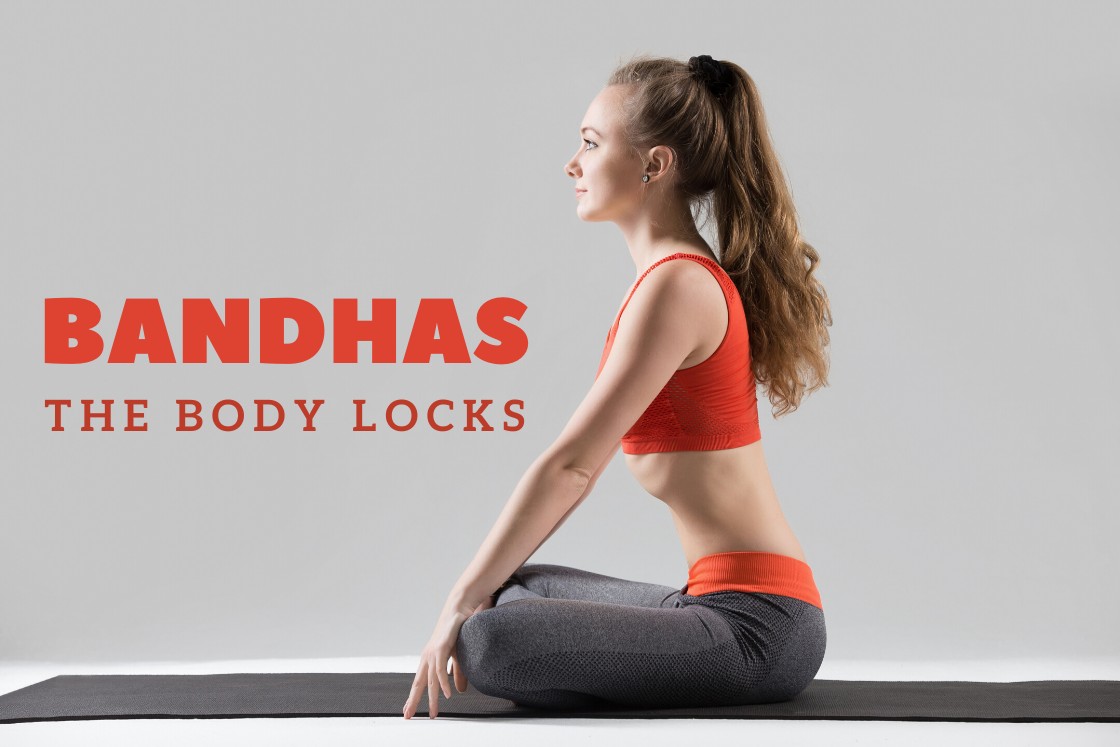
In yoga, the study of body & mind stands on the concept of energy that lies in our body in the form of Prana Shakti. The initial aim of all yoga practice is to get control over this Prana Shakti & this is where we need some practices called, Bandhas.
You might know the Law of Energy Conservation. It says the energy can neither be created nor be destroyed. It can only be transferred from one form to another. The same thing is explained in Yoga. It says our life force energy (Prana) is transferred to nature.
Now how to maximize energy conservation within the body?
Hatha yoga has taught this in the form of Bandhas which redirects the energy back to our body.
What Are Bandhas?
Bandhas in yoga is an art of locking certain areas of the body so we can manipulate energy running around those specific areas. Energy manipulation within the body becomes possible only by the flow of prana (life energy).
A yogi’s aim of performing bandhas is to lock the energy within the central energy channel (Sushumna Nadi), which is considered no obstacle path of flowing energy.
In bandhas, we actually contract some specific body muscles. This is done by holding the breath for a while, to bind prana energy within us. There are three major Bandhas, Jalandhara, Uddiyana and Moola Bandha, that lock the energy in the throat, abdomen, and pelvis.
In Hatha Yoga, Bandhas are practiced to binds our Chitta (mind in common language), which eventually helps one into the spiritual path.
Bandha Actually Means Lock
Bandha is a Sanskrit word, that means ‘lock or ‘to bind’. As the practice of Bandha locks or binds prana in certain parts of the body, therefore, its name is Bandha. The meaning of Bandha can be defined as:
The Yogic practices that lead to the activation of energy in certain specific parts of the body, with the help of the contraction on some muscle fibres, that accelerates the functions of all organs attached to that area.
Importance of Bandhas in Yoga
We release the Prana through certain doors (openings) within our body. These doors are root/moola (pelvic area), navel (abdominal area), and throat.
Now, here we see the importance of Bandhas, what they actually do:
- Bandhas lock these doorways so that Pranic energy don’t leak unnecessarily into the atmosphere.
- Usually, some areas of our body are energy-rich & some are energy-deprived. In energy-rich areas, Prana is actually get stuck by muscular tension. Bandhas redirects this stuck energy to the energy-deprived regions.
- Bandhas are great tools to get control over different koshas of the body, firstly through physical means then with just mental thinking.
- As the bandhas are very helpful in the stimulation of the chakras, therefore, Yogis perform Bandhas for Kundalini awakening.
Types of Bandhas
Commonly, we hear about only four types of Yoga bandhas but, there are six types of Bandhas in Hatha Yoga, 2 minor, 3 major & 1 maha bandha.
1. Minor Bandhas
These are performed by locking our hand & feet area.
- Hasta Bandha – Hand locks
- Pada Bandha – Feet locks
2. Major Bandhas
These are performed by locking muscles near to pelvis, abdomen & throat respectively.
- Mula Bandha
- Uddiyana Bandha
- Jalandhara Bandha
3. Maha Bandha
This body lock is when all 3 major bandhas are performed altogether, called Maha Bandha.
1. Hasta Bandha

Image Source: Shutterstock
As the name suggests, Hasta Bandha means “hand lock”. This bandha locks the prana in the hand and arms. Besides, this Bandha awakens the energy channels up the arm.
Hasta bandha builds strength for the Yoga Asana such as Downward Dog or handstand.
How to Do
- Place both your hands on the Yoga mat and spread all the fingers.
- Start bringing some weight to the hands.
- Press strongly the underside of knuckles to the mat. Also, press the finger pads and inner edge of the thumb into the mat. Bring all the pressure in these areas of the hand.
- Leave the heals of the hands light. You will feel them lifted and there will be suction in the center of the palm.
Benefits
- Relieves the pain or discomfort in the wrist while performing a handstand, tabletop pose or downward dog pose.
- Increases the strength and even flow of prana in the arms.
2. Pada Bandha

Image Source: Shutterstock
The word Pada literally means foot. Pada bandha locks energy in our feet and activates the arches of the feet. This bandha provides stability and balance in Yoga practice.
This lock binds us with the Earth’s energy and helps to channelize the prana at the feet. It supports the elevation of joints in the legs and pelvic area.
How to Do
- Place your feet on a yoga mat.
- Now, lift all your toes and spread them out.
There are three arches in our feet. One from big toe to little toe, second, from the little toe to ankle, and third, ankle to the big toe. These arches form a triangle and they are.
- Now, try to distribute your weight evenly among 3 arches of the foot.
- You can also place a ball under your foot.
Benefits
- Supports elevation in knees and pelvis
- Connects Yogi’s body with the earth.
- It provides balance and centeredness in Yoga practice.
- Tones the organs of the lower body.
These were the minor bandhas of Hatha Yoga. Now, let’s move towards the Three major Bandhas
3. Moola Bandha
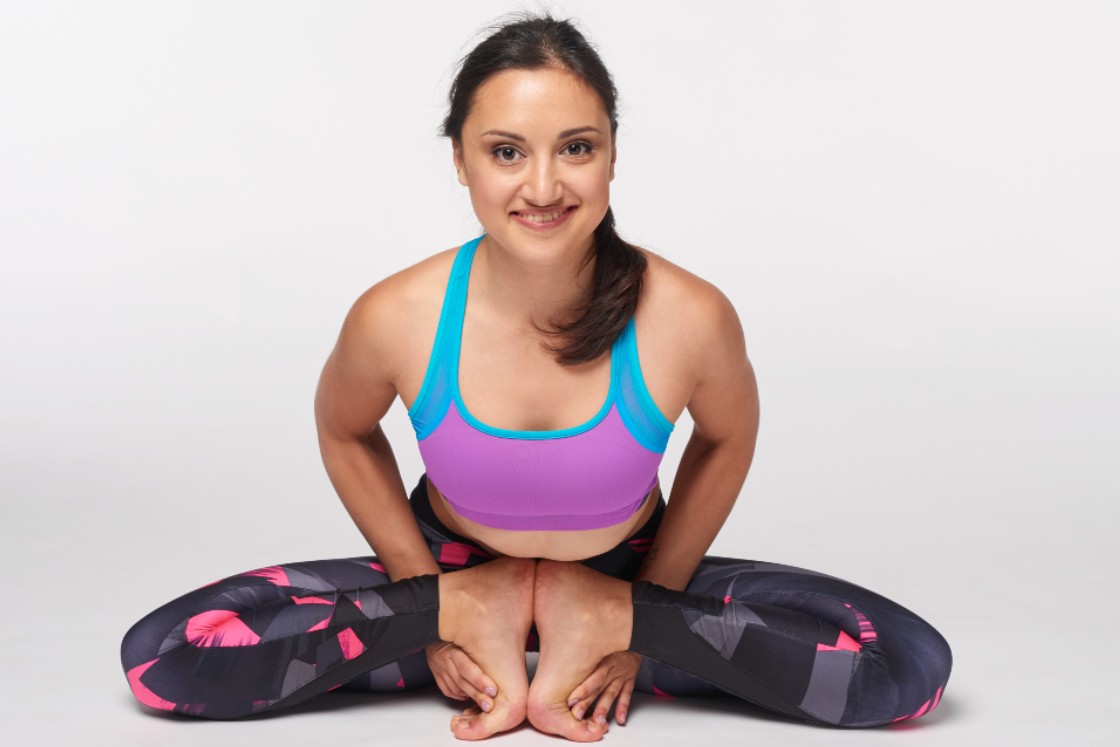
Image Source: Shutterstock
Moola Bandha literally means ‘Root lock’. This bandha locks the energy in the pelvic region of the body. This lock includes the contraction of perineal muscles to lock the energy in the pelvic area.
Benefits
- Increases concentration powers and emotional strength.
- Strengthens the pelvic floor.
- Helps to cleanse the body.
- Improves the sexual health of men and women, both.
- It provides relief from mental stresses, negative emotions, and phobias.
- Stimulates the Mooldhara chakra and helps in Kundalini awakening.
4. Uddiyana Bandha
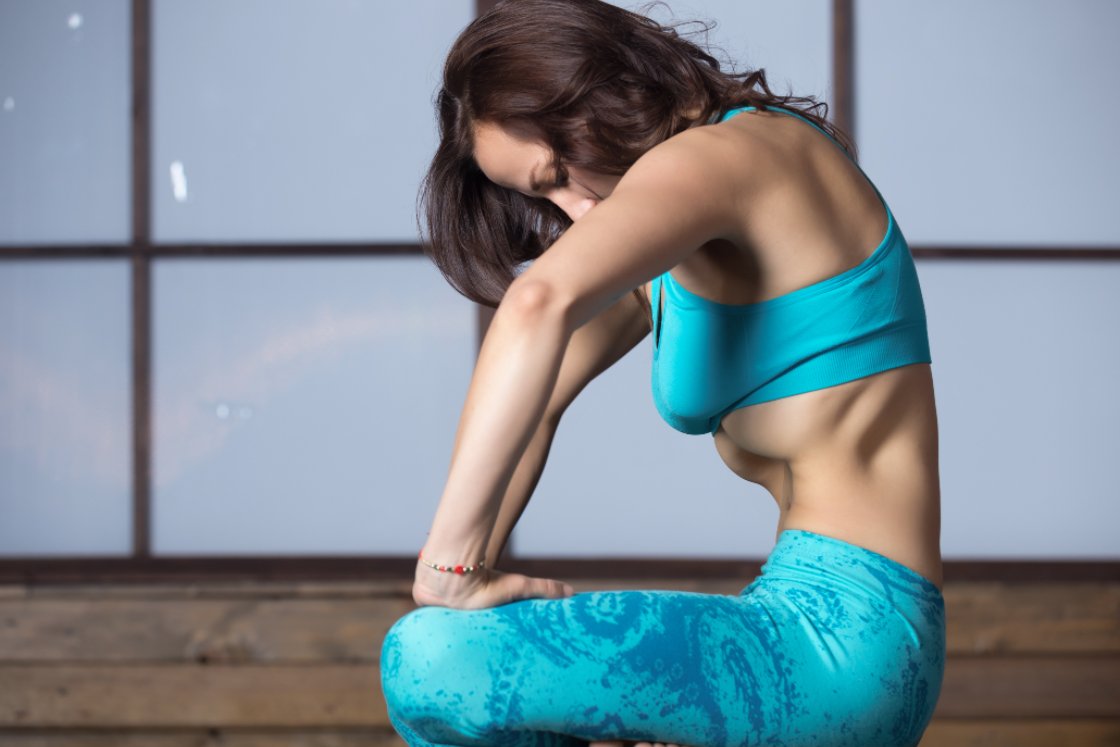
Image Source: Shutterstock
Uddiyana bandha is an abdomen lifting lock that locks the Prana in the abdomen region. In this bandha, we draw our navel part (abdomen) in and upward.
Benefits
- Strengthens the abdominal muscles and diaphragm.
- Makes us feel and look younger, refreshed and energetic.
- Helps to stimulate the Manipura Chakra (Heart Chakra).
- Enhances higher awareness within us.
5. Jalandhara Bandha
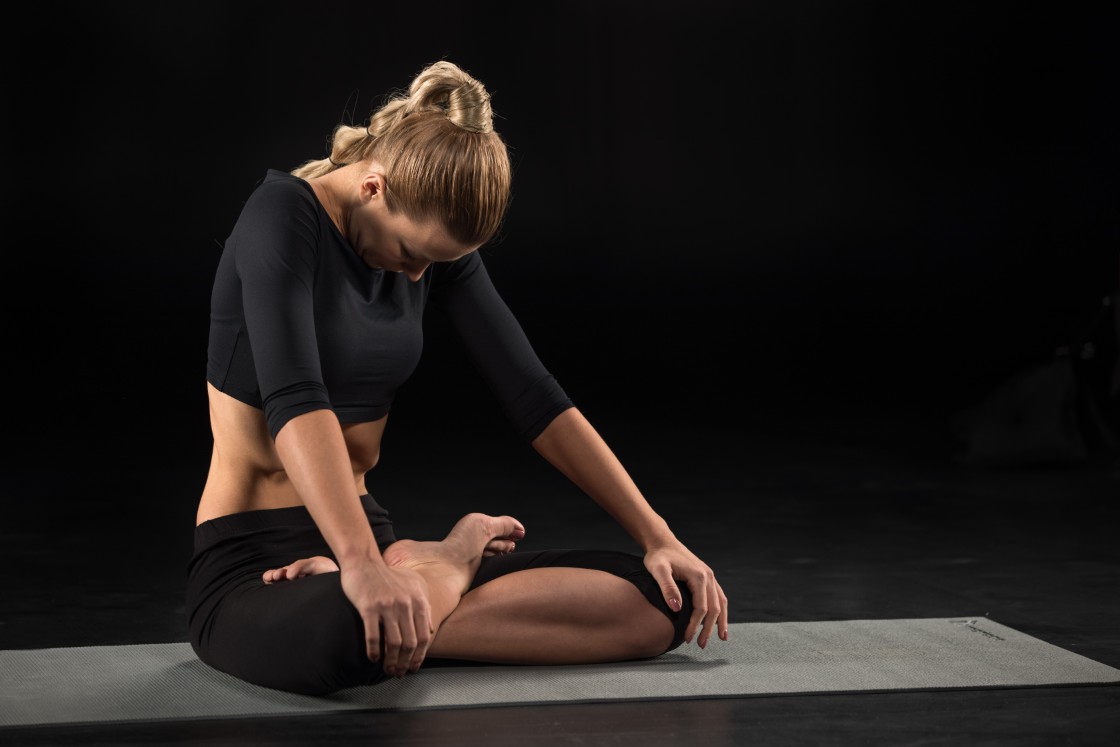
Image Source: Shutterstock
Jalandhar bandha is also known as ‘Chin Lock’ or ‘Throat Lock’. This bandha locks the prana in the throat region.
Benefits
- Helps in excretion process of the body
- Improves metabolism and blood circulation in the body.
- increases concentration power and calms the mind.
- Reduces anxiety anger and stress.
- Helps in a clear and sweet voice.
- Stimulates the Vishuddhi chakra (Throat Chakra).
Now let’s explore the combination of these three major bandhas, Maha Bandha
6. Maha Bandha
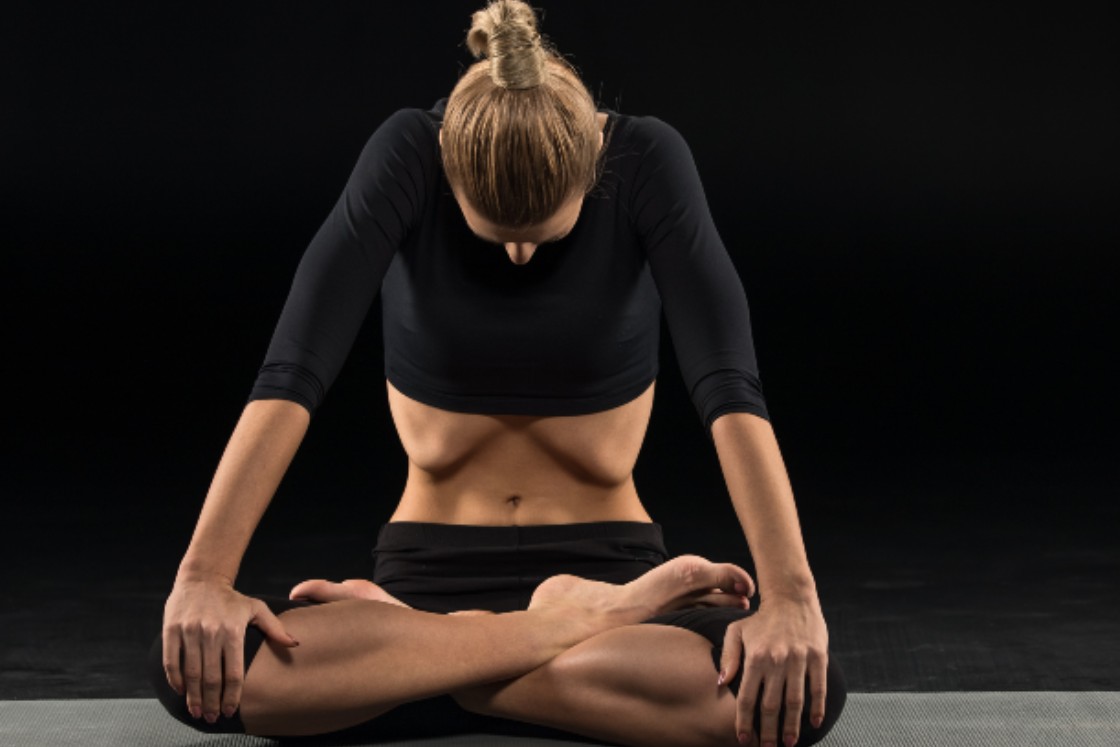
Image Source: Shutterstock
When we combine three major bandhas, we form Maha bandha. In Maha Bandha, we perform Jalandhara, Uddiyana and Jalandhara Bandha together to get maximum benefits of these three bandhas.
Benefits
- Maintains cardiovascular health.
- Gives relief from a variety of headaches, mood disorders, and sleep disorders.
- Strengthens the immune system and metabolism.
- Helps in better digestion, respiration, and extraction of waste from the body.
- Makes us more concentrated and alert.
- Helps in Kundalini awakening by stimulating Mooladhara (root), Manipura(heart) and Vishuddhi (throat) Chakra.
The Sequence of Bandha
When we talk about the bandha, one thing where we stuck commonly is the sequence of bandha. In other words, which bandha should we practice first?
The sequence should be: firstly, Moola Bandha, then Uddiyana Bandha and then, Jalandhara Bandha and at last the Maha Bandha.
1. Ist Bandha – Lock Up the Pelvis Area
Starting the bandhas from Moola Bandha is always the best. In Yogic aspects, Bandhas are performed for Kundalini awakening. The Kundalini lies at the root of the spine. It is released by locking prana energy at the root of the spine and stimulating the Mooladhara Chakra.
Among all Bandhas, Moola Bandha is the first Bandha to set the Kundalini energy free to flow through the Sushumna nadi. Therefore, bandha practice should start from Moola Bandha.
Besides this, all the Nadis starts from the Moola/root area of the spine. Therefore, starting with Moola Bandha stimulates these Nadis to carry the prana.
2. IInd Bandha – Lock Up the Abdomen Area
After Moola Bandha, one should practice the Uddiyana Bandha.
The Kundalini energy flows in an upward direction. It flows from the root of the spine to the head. Once we set kundalini energy free to flow through the spine, it reaches the abdomen part.
To clear the obstacles in the way of Kundalini energy at the abdomen region, we lock prana at this part. This stimulates the Manipura Chakra. This process is done by practicing Uddiyana Bandha. That’s why Moola Bandha is followed by Uddiyana Bandha.
3. IIIrd Bandha – Lock Up the Throat Area
Once the Kundalini energy passes through the Abdomen, it flows toward the head through the throat. So, to clear its path in the throat region, we lock Prana in the Throat region. This stimulates the Vishuddhi Chakra with Jalandhara Bandha. Therefore the Badha practice is completed with Jalandhara Bandha.
Ones these all practices are masted, we perform all these practices together in Maha Bandha as the last step of Bandhas.
Connection Between Mudras & Bandhas
Yoga mudras and Bandhas are often taken together as they work on a deeper level. These work on a more subtle level than pranayama and asana. Both works on cleaning the mind and healing the body at a subtle level.
Mudra uses some particular body movement or posture to redirect the prana energy to a chakra. The organs connected to that particular area of Chakra gain effect from mudra. Bandha uses the contraction of muscles and organs that redirect the energy to any particular chakra and helps the organs of that area to function well.
Initially, we have no control over our inner body. For example, we can’t control the flow of blood or the flow of heat inside us, etc. Mudras and Bandhas give us control over our inner body. These activities give us the power to control and heal our subtle bodies.
Incorporating Breath in Bandhas
Breath is a very essential part of Bandha practice. Breathing exercises before Bandha allows the Prana to flow throughout the body. Prana is controlled by inhaling and exhaling breaths. Prana governs the energy in all the physical and mental exercises. While practicing bandha, breathing practice (holding the breath) helps to complete the lock.
Actually, the combination of breath with the inner word/contraction of muscles forms a Bandha. Bandhas in conjunction with pranayama gives the best results.
Bandha includes both Antar Kumbhaka (inhalation retention) and Bahya Kumbhaka (Exhalation Retention). Without breath retention (Kumbhaka), no bandha or no lock can be performed.
Thus, Bandha has a deeper relationship with the breath.
Benefits of Bandhas
- Activates all the organs of the area, where Bandha is applied.
- Stimulates all glands of the endocrine system [efn_note] what is the endocrine system https://en.wikipedia.org/wiki/Endocrine_system [/efn_note].
- Calms the brain and strengthens our emotions.
- Keeps the spine healthy.
- Strengthens the autonomic nervous system [efn_note] what is autonomic nervous system https://en.wikipedia.org/wiki/Autonomic_nervous_system [/efn_note] and parasympathetic nervous system [efn_note] what is parasympathetic nervous system https://www.sciencedaily.com/terms/parasympathetic_nervous_system.htm [/efn_note].
- Helps in Kundalini Awakening
- Stimulates Mooladhara (root), Manipura (heart), and Vishuddhi (throat) Chakra.
- It helps to purify the body and mind.
Conclusive words
Since we were born, we are aware of only our physical body. But, there is a lot more than the physical body. We only know a few things about our subtle body, our soul. Bandha is a deeper understanding of our souls. These stimulate the Prana and Chakras.
Bandhas are boon of Hatha Yoga to us. One, who masters this technique of Yoga, masters his/her soul. Bandha’s results do not overnight These take a little time to show their result. You only need to be patient. You will get the desired results, not immediately, but definitely.

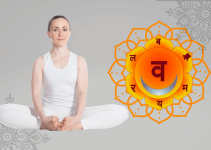

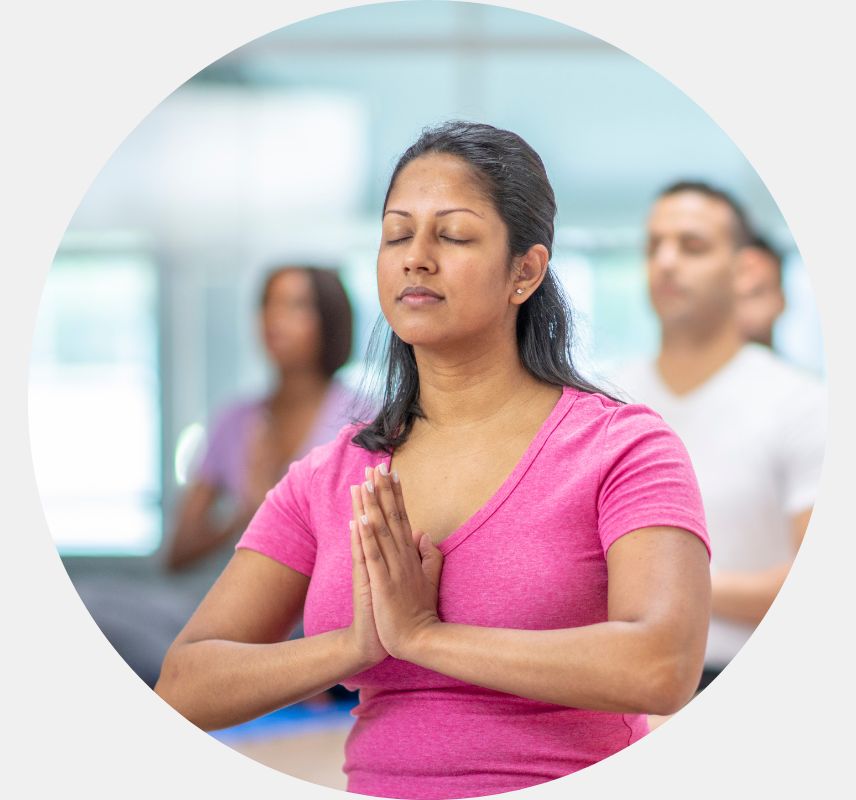

Thank you so much for this text! I’ve been wanting to learn more about energy in my body and how to improve the flow. Your text is so exactly what I needed to read and learn today. More practice of mudras and bondas for me! I subscribed to the newsletter and look forward to further education from your teaching! Much gratitude to you!.
Thank you.
Your experience in the subject and expressing is extraordinary.
Yoga has nothing to do with the physical body but rather is a process by which the individual soul is yoked or joined to the Divine Soul to create a union of religious/spiritual/self realization or Atman Dharsana. Of course Yoga is all about the HINDU RELIGION and outlines the path to this union or self realization.